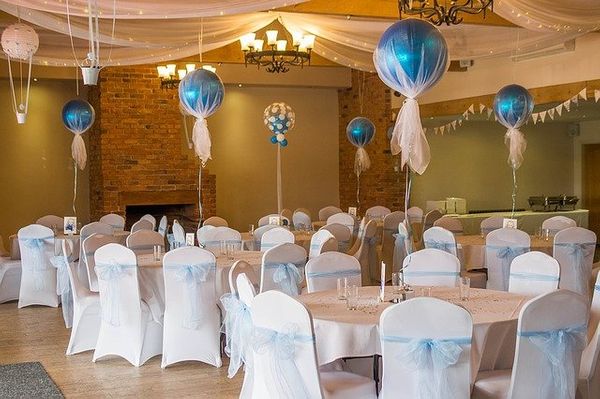Being an event planner isn’t all glitz and glam; you are responsible for making a dream come true. That takes a certain amount of planning and massive amounts of business acumen to launch a successful event.
One of the most vital parts of event planning is sticking to the agreed budget. Sticking to your event budget takes skill and perseverance. Below are five tips to help your event stay on track financially:
Bargain
Bargaining is a lost art. Some people view bargaining as a cheapskate tactic; it is the furthest thing from it when implemented correctly. Whenever you hire an advertising service, venue, or furniture and décor – there will be two prices. The first price is the price that the service provider leads with; that is their ideal price.
The second price is their bottom-line price. That is the price that they will be willing to accept. It is your job, as the event planner, to get the best deal for your client.
Don’t Overdo It
Events, especially ones on a tight budget, don’t have to be lavish affairs. Keep things simple. As cool as it might be to have penguins in bowties at your event, some things are just not practical or affordable.
Sit down with your client and discuss their expectations in full detail. That they won’t be left out of pocket or disappointed.
To help manage your event, use a Swedish event platform – this will help your event to stay on track.
Track Your Expenses
The best way to stop your event from going off-budget is to track your expenses. By keeping a running tally of where money is going out, you will be better able to review all areas of your event. Every aspect of your event will require a checklist, this checklist will keep things running smoothly.
When tracking your expenses, ensure that your team are all aware of where you are from a financial perspective. Review your spending every few days, just to make sure that you are all on track.
Set Goals
Minimize stress by going into your event fully prepared. You can achieve this by setting goals. These goals need to include larger goals as well as smaller goals. The larger goals need to be broken down into smaller, more manageable ones.
Define your event goals concisely, then go through them with your client. This will help to manage all expectations of the event.
Create An Emergency Fund
Once you and your client have agreed to the budget for the event, take a percentage of that budget and keep it aside for an emergency fund. The rest of the event can then be planned around the remainder of that budget.
This will give you some wiggle room down the line, most events need wiggle room at some point. You will need to make a list of what would constitute an emergency purchase, that way your staff will be clear on if and when they get to dip into the emergency fund.
If you get closer to the day of the event and you haven’t needed that fund, you can always use it to do something fancy for the event – like fireworks or an ice sculpture.


